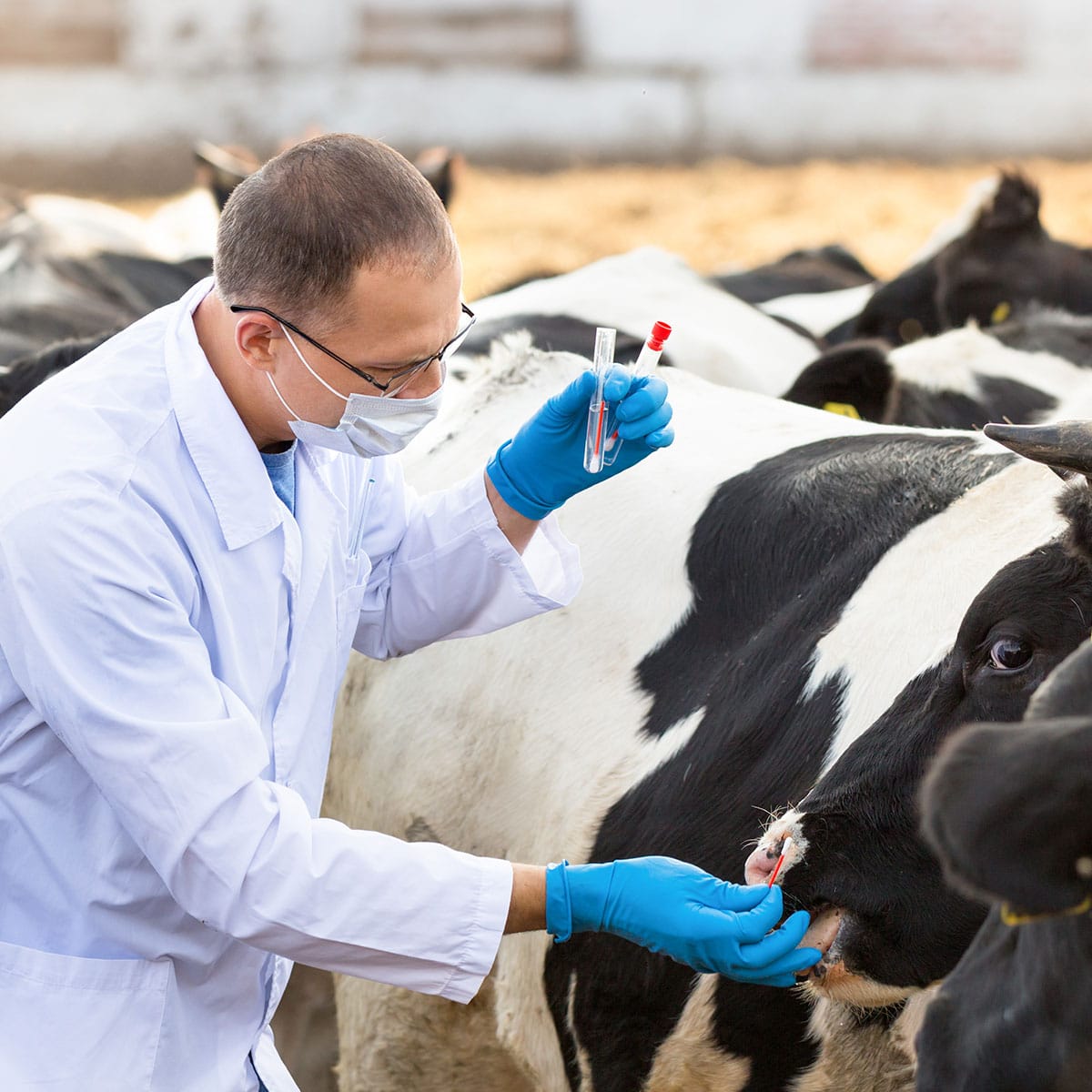How Many Animals Are Killed Each Day: Understanding the Global Impact

The welfare of animals has become an increasingly pressing concern in today’s world. As we go about our daily lives, countless animals lose their lives due to various factors such as agriculture, food production, research, and hunting. Understanding the scale of this issue is crucial in fostering empathy and driving change. In this article, we will explore the staggering numbers behind the animal fatalities each day and shed light on the industries responsible for these losses.
Animal Agriculture: A Silent Massacre
One of the most significant contributors to animal deaths is the animal agriculture industry. The demand for meat, dairy, and eggs leads to the continuous breeding and slaughter of billions of animals annually. According to the Food and Agriculture Organization of the United Nations (FAO), more than 70 billion land animals are killed for food each year. That translates to approximately 191 million animals slaughtered every day. This industry’s scale is immense, and the environmental and ethical implications are profound.
Fishing: The Ocean’s Toll
The fishing industry is another major player in the staggering number of animal deaths each day. With advancements in fishing technology and an ever-growing market for seafood, overfishing has become a severe issue. The statistics are alarming; it is estimated that around 2.7 trillion fish are caught from the wild every year. This means approximately 7.4 billion marine animals die daily due to fishing-related activities. Additionally, many unintended species, known as bycatch, also perish in the process, including dolphins, sea turtles, and seabirds.
Animal Testing: Lives Lost in the Name of Science
Animal testing remains a contentious topic. While it has contributed to significant medical advancements, it comes at a cost to millions of animals’ lives. Various industries, including pharmaceuticals, cosmetics, and research, rely on animal testing to evaluate the safety and efficacy of products. It is estimated that more than 100 million animals, including rabbits, mice, and guinea pigs, are used for experiments globally each year. This translates to roughly 274,000 animals subjected to testing every day, often leading to pain, suffering, and death.
Hunting and Poaching: Threatening Endangered Species
Hunting and poaching are practices that have detrimental effects on various animal species, especially those already facing endangerment. While legal hunting is regulated in some regions, illegal poaching remains a significant problem worldwide. The numbers are distressing; on average, around 35,000 elephants, 1,000 rhinos, and 125,000 pangolins are killed each year due to poaching. This equates to about 96 elephants, three rhinos, and 342 pangolins losing their lives every day.
Road Accidents: Unintentional Animal Fatalities
The expanding human population and urbanization have encroached on wildlife habitats, leading to increased roadkill incidents. Millions of animals, including mammals, birds, reptiles, and amphibians, are killed every day by vehicles on roads and highways worldwide. While obtaining precise statistics is challenging, estimates suggest that around one million animals are killed in road accidents daily.
Conclusion: Acknowledging the Impact
The numbers presented in this article are staggering, and they only scratch the surface of the complex issue of animal deaths. It is crucial for us, as individuals and as a society, to acknowledge the global impact of our actions and choices. Awareness is the first step towards making positive changes in the way we interact with animals and our environment.
From adopting plant-based diets and supporting sustainable fishing practices to advocating for alternatives to animal testing and protecting endangered species, there are numerous ways we can contribute to reducing the daily toll on animal lives. Together, through education, compassion, and responsible choices, we can strive to create a world where animals are treated with respect and kindness, ensuring a brighter and more compassionate future for all living beings.






